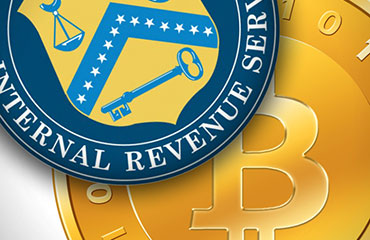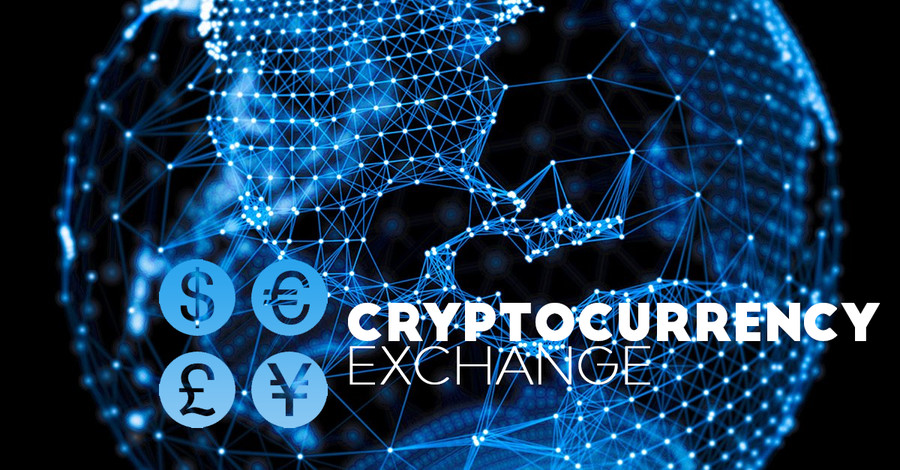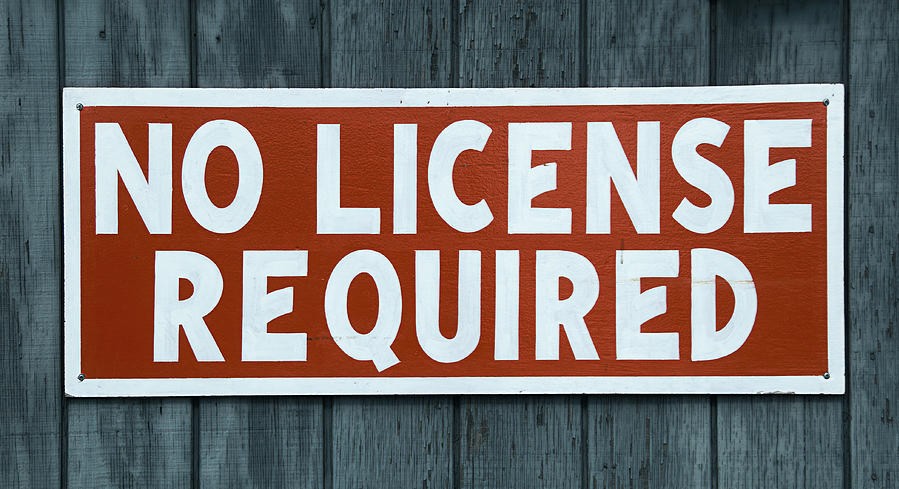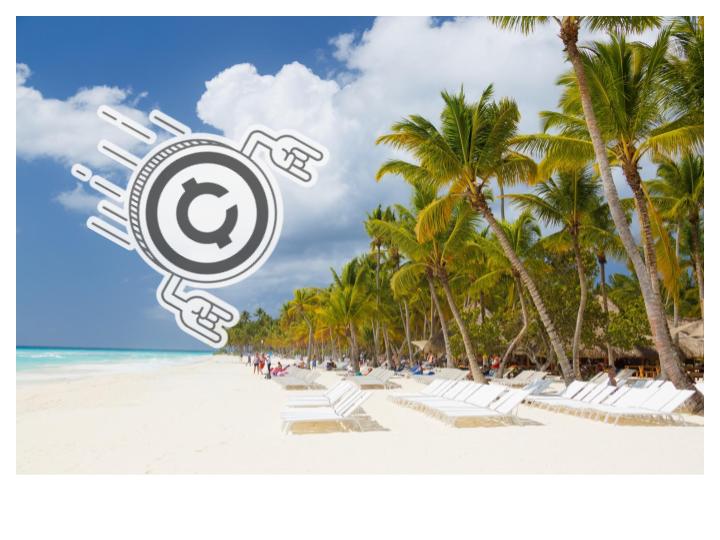How to Build an International Cryptocurrency Exchange
In this article, I’ll look at the steps to build a cryptocurrency exchange. Whether you’re building out a new cryptocurrency exchange or planning on expanding beyond your current country, these are the steps necessary to start an international cryptocurrency exchange.
Note that this article is for those wishing to start an international cryptocurrency exchange. Setting up in the United States is a very challenging process with different issues to consider.
For example, in the United States, the SEC is targeting cryptocurrency exchanges and might require them to register as “exchanges.” Whether this simply means that cryptocurrency exchanges will need to be called cryptocurrency platforms (for example), or that all systems that facilitate trade must spend millions on compliance and registration, is yet to be seen. For more, take a read through US: Cryptocurrency Trading Platforms Must Be Registered With SEC.
Another example of America’s unique attitude is its attack on customers of cryptocurrency exchanges. The United States IRS is waging all out war on cryptocurrency by imposing ever higher taxes on trades and criminalizing trades that occur outside of a regulated exchange.
For these reasons, many cryptocurrency traders are looking to move offshore. Likewise, many cryptocurrency exchanges are expanding beyond the United States and placing ever more emphasis on international markets.
With all of that preamble, here’s how to build an international cryptocurrency exchange.
- Select a jurisdiction that fits your needs and your budget.
- Form your corporation and open a corporate bank account (for business transactions, not client funds).
- Capitalize your cryptocurrency exchange business.
- Purchase a core cryptocurrency exchange system.
- Create a token or coin that you can trade against BTC, ETH, etc. Support as many crypto and FIAT/crypto pairs as possible.
- Document your compliance system and procedures, such as Know Your Customer (KYC) and Anti-Money Laundering (AML) rules.
- Hire a staff with a focus on compliance, banking, etc. (in addition to the marketing people I assume you’ve already hired). Begin by self-regulating with an eye towards global licenses in the future.
- Negotiate a cryptocurrency license in the jurisdiction from which you will operate. Many of the top exchanges operate without any licenses. However, times are changing.
- Setup a loaded card, debit card, or another system to get money out of the exchange that doesn’t require a wire transfer.
- Create a USD backed coin that can be used to transact and hold “FIAT” in the wallet. The primary purpose is to reduce wires and outflows by creating a coin which is not volatile. Such a coin should have a 1 to 1 dollar reserve is a US bank.
- Negotiate a cryptocurrency license in certain jurisdictions where your clients will be located. That is, if you plan to market in the UK, you will need a UK license.
- Open a correspondent account to receive client funds and convert FIAT to and from crypto.
Of the tasks above, the most difficult will your correspondent account. For this reason, tasks 1 to 11 are all building your business to a place where you can successfully negotiate such an account and to prepare for the future. About 80% of the requests for assistance we get from existing exchanges are related to their correspondent accounts.
Jurisdiction
The first task in building an exchange is to select your jurisdiction of operation. Where do you want to incorporate your business? Under which laws and regulations do you want to operate?
The two top offshore jurisdictions are the Cayman Islands and Switzerland. These are also the most regulated and most expensive. If you have an unlimited budget and want to run a well regulated and compliant cryptocurrency exchange, Switzerland and Cayman are where you want to be.
The demand for Cayman is quite high. And this has lead a few unscrupulous promoters to sell cryptocurrency and ICO structures they know are useless. If you want to operate in Cayman, you’d better be very well capitalized and have your KYC and AML systems in place. For more information on this, see: The Offshore ICO Scam and Cayman Islands Corporations.
Proper cryptocurrency exchanges in Cayman are operating under the islands FX brokerage license. They are not using the currency exchange or money transmitter license as is popular in other countries. For an example, see: Xenia.ky
And of course, these jurisdictions are expensive and exclusive. Of course, government regulators are very cautious. The reason everyone wants to be in Cayman is that this jurisdiction has a solid world image. It obtained this image through decades of compliance and a solid regulatory environment. It’s not going to throw away that image by allowing a poorly run cryptocurrency exchange to operate within its borders and leverage its reputation.
Other solid jurisdictions include Canada, Japan, Singapore, Mexico, Liechtenstein, Luxembourg, Gibraltar, Malta, Estonia, Lithuania, and Belarus. The lowest cost license is Belize at about $35,000.=
In my opinion, Mexico is one of the most interesting jurisdictions from which to operate an international cryptocurrency exchange. This country of 130,000 million allows unlicensed self-regulated exchanges as of April 2018. It has great FinTech cities like Mexico City, Monterrey, and Guadalajara. The city of Tijuana borders San Diego, California and has been an outsourcing hub for Silicon Valley for years.
The government recently passed laws regulating cryptocurrency exchanges which will go into effect in the next 6 to 12 months. Now is the time to build a new self-regulated exchange in Mexico to reach sustainability before these laws come in to place.
And Mexico is the only jurisdiction that offers loaded cards on a large scale for withdrawals and cash deposits into its exchanges at 140,000 convenience stores. For more, see: Mexico is a Cryptocurrency Paradise.
Finally, I believe quality international exchanges should embrace licensing requirements or sub-licensing options. These will become the norm in the next year and you want to be in a country with business-friendly statutes and a solid banking system to support those laws. You want to be a key player in a country that will suit your business in the long term.
Capitalization
If you’re going to build an international cryptocurrency exchange from scratch, I suggest you’ll need $500,000 to $1 million in capital to get through steps 1 to 11. You’ll need significantly more capital for step 12, your correspondent banking account if you don’t “outsource” this component.
The $500,000 level assumes you’re buying a turnkey software solution from a partner. One that provides the software, compliance, license consulting services or sub-licenses (if applicable), token and USD coin issuance, and technical support.
If you’re really going to go it alone, and you want to be licensed, then you’ll need $5 to $12 million for a multijurisdictional cryptocurrency exchange. Most of this increase in capital will be attributed to your licenses and correspondent banking partners. Remember that you’ll need one correspondent bank for each FIAT currency you’ll offer.
I should point out that many of the largest international cryptocurrency exchanges do not have global licenses. For example, Bittrex, Bitfinex, Kraken, Binance, do not have global licenses but still, their transaction volumes are among the top exchanges.
This proves that customers are not as concerned with your license as with your reputation and the quality of your platform. However, government regulators and banks are getting concerned. For example, Japan recently sanctioned 7 exchanges and is moving to enforce regulations on anyone selling into this market.
This all means that, while you can operate today without a license, your long-term strategy should include a path to a proper license in your primary markets. Also, you should self-regulate with strict internal KYC and AML procedures.
Core Cryptocurrency Exchange Platforms
We’ve researched the core cryptocurrency exchange platforms and found that most are priced at $300,000, with some as high as $500,000, for the source code. If you want to build an international exchange, and don’t want to spend years coding your own version, expect to spend a minimum of $300,000 for a quality system.
When you price a core cryptocurrency exchange platform, here’s what you should be looking for:
- Trading platform
- Support spot, futures, OTC trading
- Multiple languages support
- Customizable analytic & charting tools
- Facilitated background management system
- Matching engine that provides clustering of asynchronous matching with tens of thousands matches per second.
- Wallet
- Cold and hot wallet management (this is the new industry standard)
- Multi-signature guarantees asset security
- Multi-coins exchange support
- Structured wallets and easily listing service
- Risk Management
- Data monitored data in real time
- Sensitive alerts of assets changes
- Asset flow and retrospective query support
- Intrusion detection and anti-seepage detection
- Market Making
- Actual market volume import and liquidity supply
- Risk-free hedging strategies
- Market value management outsourcing
- 7*24 hours hosting
- Special Services
- Global compliance and license application consulting
- Fiat currency exchange and correspondent banking introduction
- Token issuing support
- Advertising and marketing support through trade shows, press releases, and other resources.
- Supports both cloud-based systems (AWS, etc) and traditional hardware.
As far as I can tell, there’s only one core platform for sale that allows you to issue your own token and a USD coin. There is only one source code available that includes these features. Tokens are valuable tools and permit you to create unique pairs, allow you to differentiate your exchange out of the gate, and offer a variety of benefits.
In my opinion, an anchored currency or coin is a required feature in 2018. You must find ways to reduce outflows and wire fees. You must try to reduce compliance costs from you correspondent banks. And, of course, you’re always looking to increase trading by making it easier and faster. One way to accomplish these goals is to convince your clients to hold more their funds on your platform.
A USD coin allows your clients to keep their non-trading funds on your platform. Those who are attempting to time the market, or want to move in and out of a volatile market, will find a FIAT coin very beneficial.
Of course, an anchored coin has other benefits on a successful international cryptocurrency exchange. For example, they can be sent between users to purchase goods and services at no cost (no wire fees).
Such coins can also be used in cross border transactions at zero cost and with no volatility. Let’s say you have one user in the United States and one user in Mexico (a country with 53 million unbanked persons). Your customer in the United States could send USD coins to Mexico at zero cost.
The user in Mexico could then withdraw these funds in Pesos by having them deposited onto a debit card. As stated above, these cards can be purchased at over 140,000 convenience stores throughout Mexico.
These are just two uses of an anchored coin. As you build your business and your unique client base, you’ll find many more. My point here is that any platform you purchase should have these features.
Turnkey Solutions
When it comes to building an international cryptocurrency exchange, the word “turnkey” is used in two different ways.
First, turnkey can mean a core software platform with all the necessary bells and whistles. Such a platform should provide a turnkey system on which to run your exchange. No custom programming should be required (at least, none from the buyer’s side).
In this case, the seller will have a sizeable team of programmers, developers, and designers to customize the platform for your use. They’ll also handle deploying the system on your hardware or the cloud.
Second, turnkey can mean a complete software, licensing, and compliance solution. This type of turnkey solution truly allows you to launch a new international cryptocurrency exchange in a matter of weeks rather than months or a year.
For example, a large FinTech company has licenses in multiple jurisdictions. They sell the software for a fixed fee and charge a monthly fee that allows you to operate under their license or to issue a sublicense.
The same goes for correspondent banking, AML, KYC, and compliance. The FinTech has all of these components in place, with millions of dollars on deposit at various banks. They allow you to transact through these accounts for a fee.
When the seller offers correspondent banking, they’ll generally also handle account openings, KYC, and AML. The bank trusts their client’s compliance systems, and is holding millions in security should something go wrong, so the seller (which is the bank’s client) will be the one to ensure that all the bank’s rules are followed.
Outsourcing account opening and compliance are relatively new in the cryptocurrency industry. However, it’s been the standard in credit card processing for decades. The vast majority of e-commerce accounts, and most swipe accounts, are handled by agents called Independent Sales Organizations or ISOs. These agents send the account to the bank for approval. Once approved, the bank handles account opening, KYC, AML and chargeback compliance.
In my experience, most clients are looking for self regulated and unlicensed options in the beginning. I expect sub-licensing to become the norm in 2019. Therefore, I suggest you purchase your core software from a firm that offers sub-licenses, even if you don’t make use of them now.
Conclusion
I hope you’ve found this article on how to build an international cryptocurrency exchange to be helpful. For more information on turnkey solutions, software platforms, or to negotiate licenses and correspondent banking, please contact us at info@premieroffshore.com or call us at (619) 483-1708. Will be happy to assist you to build a new international cryptocurrency exchange.
I have a 15 years experience planning, structuring, and building regulated entities. For example, I’ve licensed and built international banks around the world in 8 countries. For more on this topic see my 300-page book on Kindle, Offshore Bank License Guide. I bring a unique skill set to the cryptocurrency industry.
For my US expat tax guide, also available on Amazon, see International Tax & Business Guide 2018.












Leave a Reply
Want to join the discussion?Feel free to contribute!